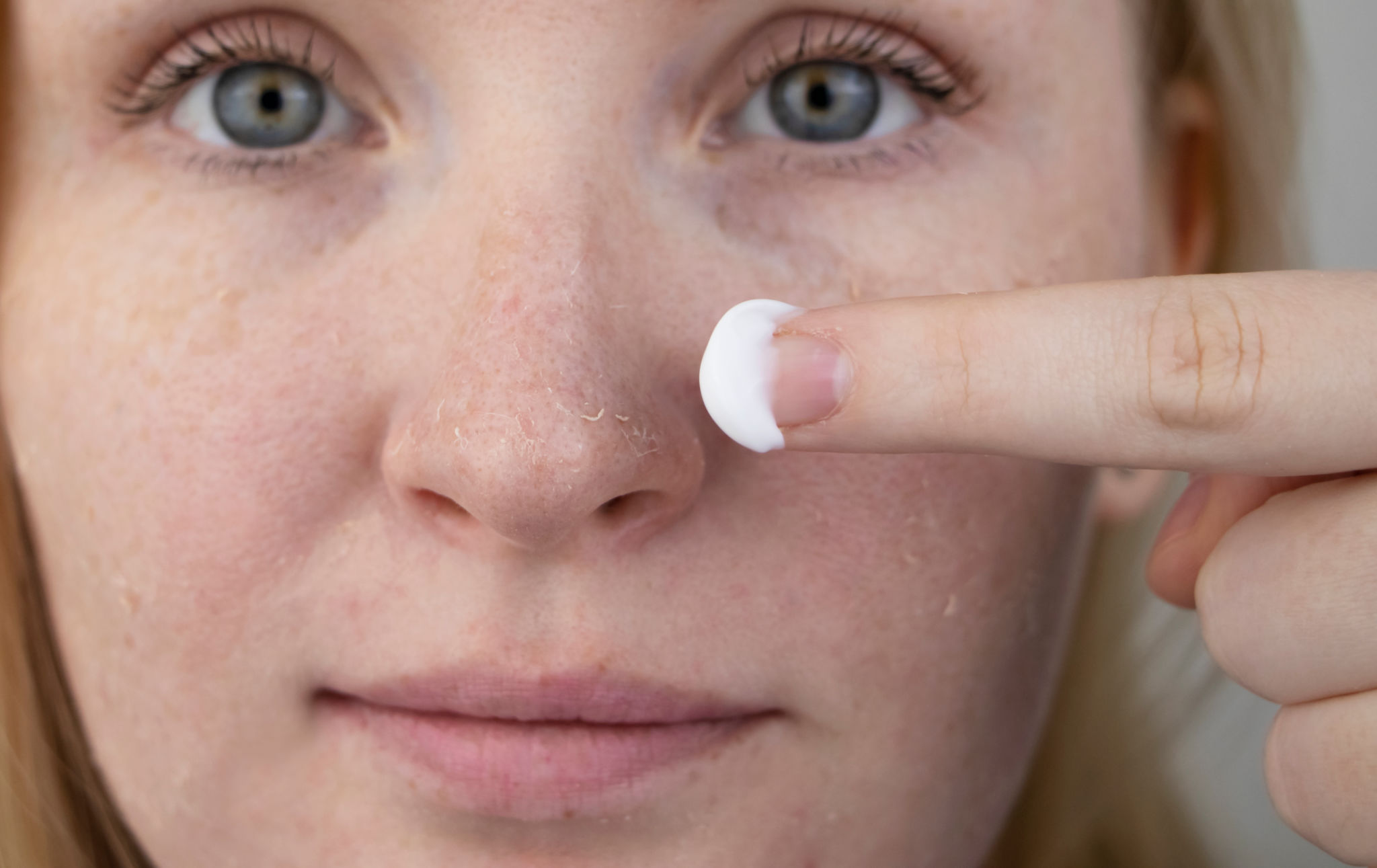How Seasonal Changes Affect Your Skin and Non-Invasive Treatments
Understanding Seasonal Skin Changes
As the seasons change, so do the needs of your skin. Each season presents unique challenges and can lead to various skin issues if not addressed properly. Understanding these changes is crucial in maintaining healthy skin throughout the year.
In the winter, cold temperatures and low humidity levels can strip your skin of its natural moisture, leading to dryness and irritation. On the other hand, summer brings increased exposure to UV rays, which can result in sunburn and premature aging. Spring and fall, while more moderate, can also cause skin fluctuations as your body adjusts to the changing environment.

Common Skin Concerns with Seasonal Changes
During winter, you may notice your skin becoming flaky and itchy. This is often due to the dry air both outdoors and indoors from heating systems. It's important to switch to a heavier moisturizer to combat these effects.
In summer, oily skin becomes a common issue due to increased sweat and sebum production. Sun protection becomes a priority to prevent damage from UV exposure. Using a lightweight, broad-spectrum sunscreen can help shield your skin from harmful rays.

The Role of Humidity
Humidity levels play a significant role in how your skin reacts to different seasons. Low humidity in winter dehydrates the skin, while high humidity in the summer can exacerbate acne-prone skin. Adjusting your skincare routine to accommodate these changes is essential for maintaining balance.
Non-Invasive Treatments for Seasonal Skin
Fortunately, several non-invasive treatments can help maintain your skin’s health throughout the year. These treatments are designed to address specific seasonal concerns without requiring downtime or invasive procedures.
One popular option is hydrating facials, which can infuse moisture back into the skin during dry winter months. These treatments often use hyaluronic acid and other hydrating ingredients to replenish the skin's moisture barrier.

Combatting Summer Damage
To address summer skin damage, consider treatments like chemical peels or microdermabrasion. These procedures help remove dead skin cells and promote new cell growth, reducing sunspots and uneven skin tone caused by sun exposure.
Laser treatments are another effective option for targeting specific concerns such as sun damage and hyperpigmentation. These treatments can help improve the overall texture and appearance of your skin.
Skincare Routine Adjustments
In addition to professional treatments, adjusting your daily skincare routine can make a significant difference. During colder months, opt for richer, cream-based products that provide extra hydration. In contrast, summer calls for lighter formulations that won’t clog pores.

Regardless of the season, it’s crucial to listen to your skin's needs and adjust accordingly. Regularly consulting with a skincare professional can help you tailor your approach to ensure your skin remains healthy and vibrant all year round.
